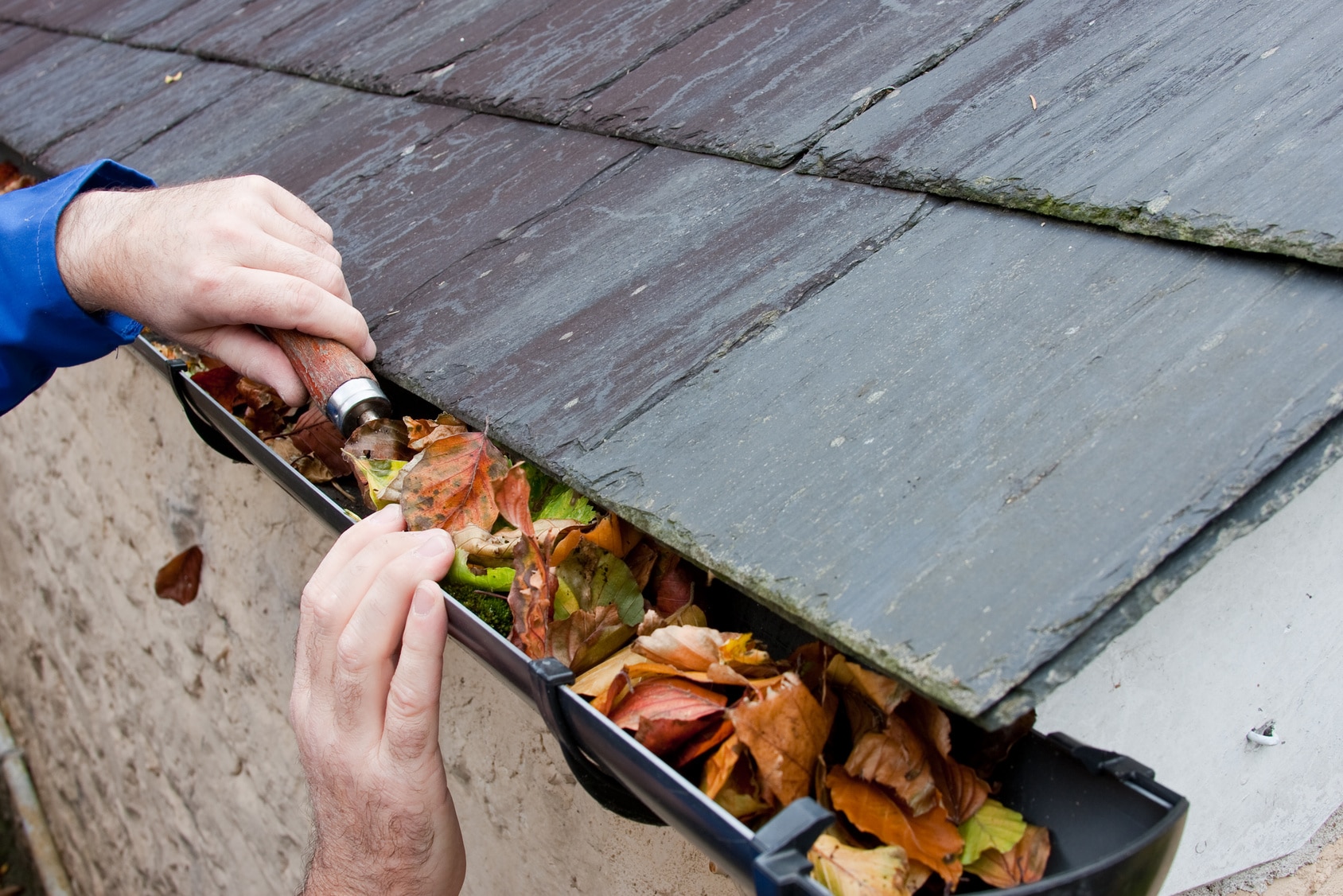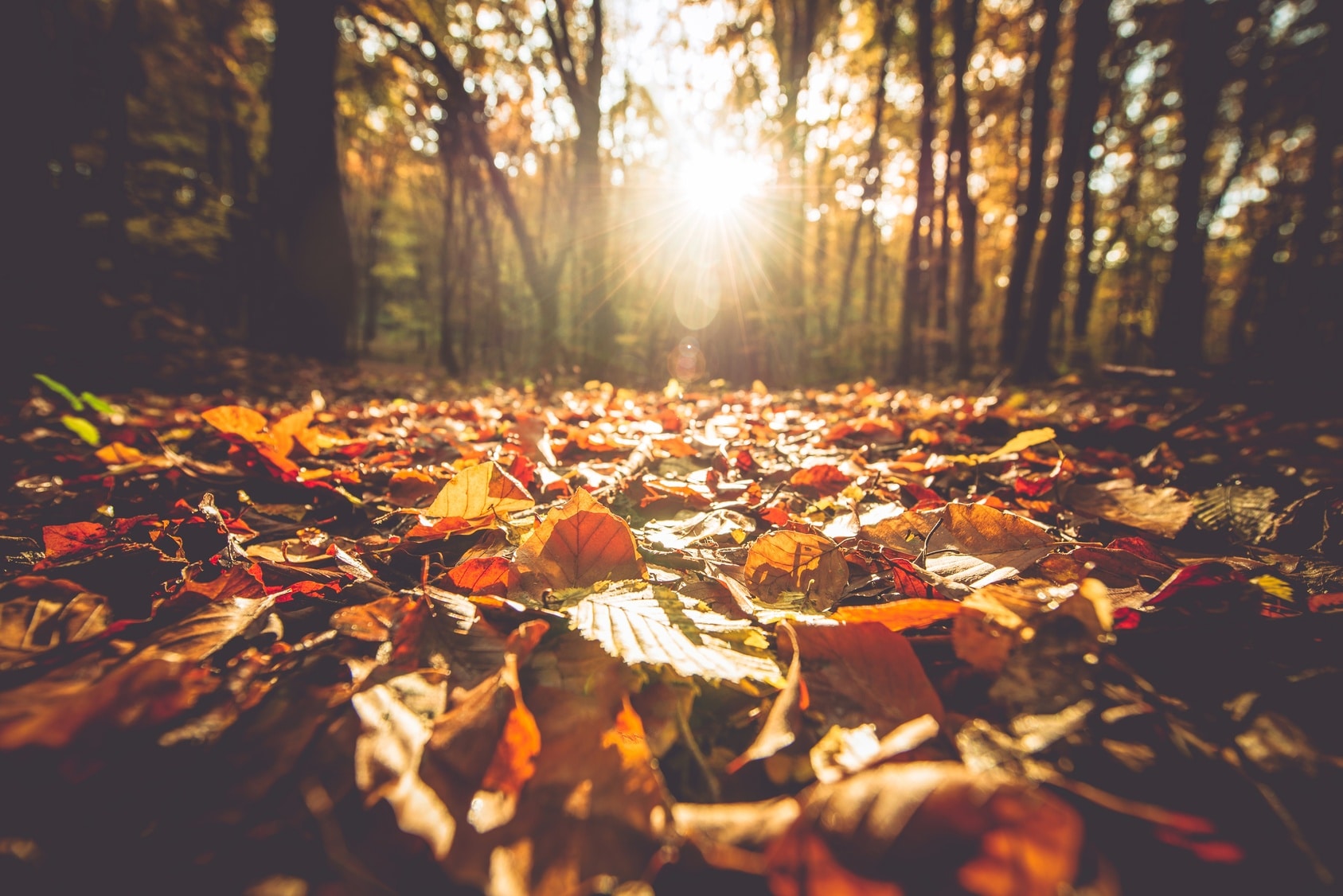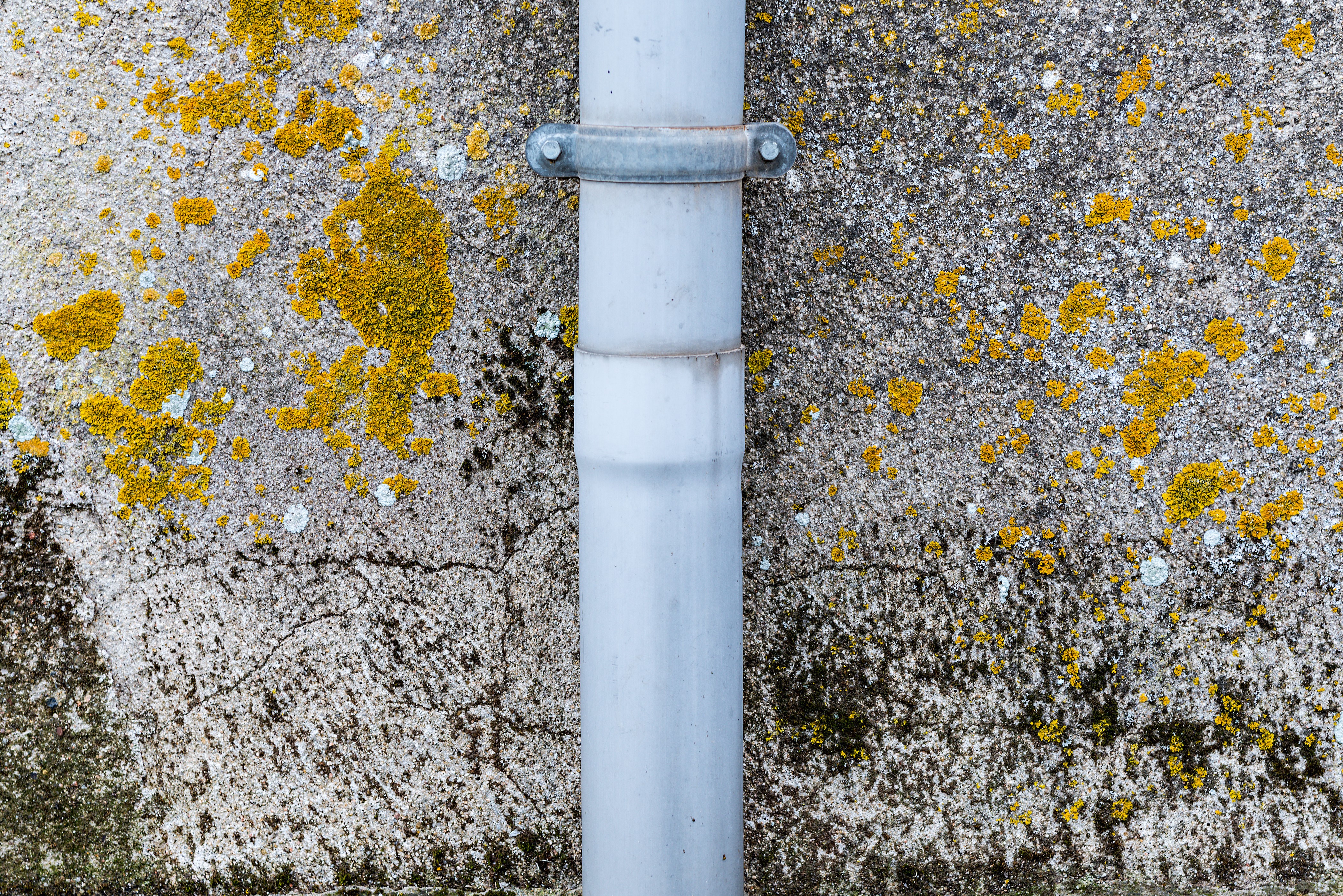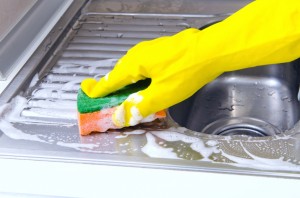Prepare Your Home for Fall
The beginning of the fall season is a welcome transition for many who are ready for the more moderate temperatures and changing colors. For others, the fall weather is a reminder of what is to come in the winter. No matter your perspective, the arrival of the fall season means that it is time to transition your home from summer mode to fall and winter mode to prepare for the cool, dry conditions of the fall and even colder, possibly snowy conditions of the winter.
As the summer turns to autumn, take the time to prepare your home and yard for the upcoming cooler temperatures. It is a good idea to take preventative measures against water and mold damage during the autumn months, especially if you plan to leave your home unoccupied for a vacation over the holidays.
The following are tips to help you prepare your home for the fall to keep your home warm and protect it from damage through the fall and winter seasons.
Keep Your Home Warm
It is important to ensure that you can warm your home efficiently as the nights get colder. You should take some time early in the fall before the temperature gets too cold to check your heating and HVAC system and take other actions to ensure that your home will stay warm enough when the temperature starts dropping.
Taking the following steps will help you keep your home warm:
- Change furnace filters: Before you start to use your furnace regularly, check the filters. Furnace filters that are dirty and clogged will decrease the efficiency of your heating, making it difficult and more expensive to keep your homes sufficiently warm. If you have foam filters, make sure you clean them and continue to clean them once each month until the spring. If you have disposable filters, they can be vacuumed once before being replaced. Cleaning and replacing the filters regularly will leadLead is a heavy metal that can be toxic to humans, especiall... More to more efficient heating.
- Professional inspections: If possible, call an HVAC professional to inspect your furnace and HVAC system to find and fix any problems. Doing this now will prevent a breakdown of your furnace during the coldest days of the winter and keep your current system up to date. It is a good idea to call a professional to inspect your system as the seasons change, even if the system is new.
- Buy programmable thermostatA thermostat is a device that monitors and regulates tempera... More: Consider buying a programmable thermostatA thermostat is a device that monitors and regulates tempera... More if you do not have one already. These thermostats allow you to program your heat to be lower while you are away which will save you money on your energy bills. They are also ideal for setting the temperature when on vacation as many can be accessed and programmed from a smartphone.
- Reverse ceiling fans: During the summer, ceiling fans work by forcing hot air up and pushing cool air down. Reversing your ceiling fan will force cool air up and push warm air down.
- Check for drafts: Drafty windows and doors can cause heat loss and decrease your heating efficiency by 25-30 percent. Make sure you replace the weatherstripping for doors and windows with a draft.
Yard Work
You should not only prepare your home for the fall and upcoming winter weather, but also your yard. During the summer, people use their yards for various things like cookouts and there may be things out like grills, furniture, and hoses and sprinklers that need to be dealt with. You also need to do some cleaning and yardwork to prepare your lawn for the winter conditions.

The following are things you can do in your yard to prepare for the fall and winter:
- Clean the gutters: It is important to check your gutters for leaves and other debris and clean them out. When debris clogs the gutters, it will prevent proper drainage and cause rainwater to overflow and run down the side of your house. This can leadLead is a heavy metal that can be toxic to humans, especiall... More to water damage to the siding and roof and cause water to pool around the foundation. You should ensure that the gutters and downspouts are cleaned out and that the downspouts drain far enough away from your home.
- Fertilize the lawn: The fall is a great season to fertilize your lawn so that it can grow back healthy in the spring and better resist weeds. Make sure to fertilize our lawn one last time while the weather is still moderate.
- Drain hoses and outdoor faucets: The cold winter weather can cause water within garden hoses and outdoor faucets to freeze which leads to damage. Drain your outdoor faucets and garden hoses and put hoses inside or in a garage or shed. You should also shut off the outside water supply for the winter.
- Bring in outdoor furniture: Winter weather can be harsh on outdoor furniture. You should take all of your outdoor furniture in for the winter and store it in a garage or shed. If you do not have storage space, you should cover it with a waterproof cover.
- TrimTrim is the decorative or functional molding used to finish ... More trees: Tree branches that are dying, damaged, or overhanging should be trimmed so they do not fall and cause damage. It may be best to call a tree care specialist to trimTrim is the decorative or functional molding used to finish ... More your trees.
- Power wash exterior: The fall is a good time to power wash the siding, deck, and patio to remove dirt and pollen that has gathered during the summer. You can rent a power washer to handle this yourself.
- Check exterior for damage: Any vulnerabilities in your siding or roof can leadLead is a heavy metal that can be toxic to humans, especiall... More to damage in the winter. Check the siding, roof, and the rest of the exterior of your home for holes, cracks, and other damage. Any damage you find should be fixed before the winter arrives.
Call a Professional for Water Damage
Following the above-mentioned tips will help you transition your home from summer mode into fall and winter mode and help prevent damage caused by colder weather. While taking these actions will help protect your home, property damage from the elements may still occur.
If your home is affected by water damage this winter, make sure to call a professional for water damage restoration. Addressing a water damage problem right away will stop its spread and help prevent issues such as structural damage and moldMold is a type of fungus that grows in damp or humid conditi... More growth.













